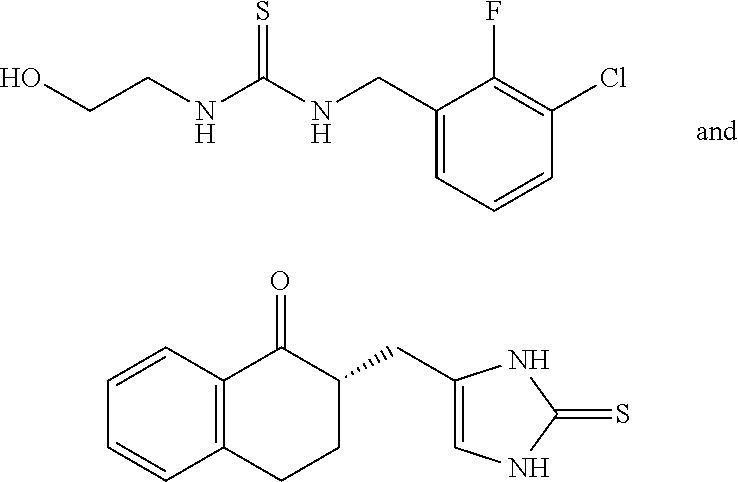Treatment of autistic spectrum disorder
a spectrum disorder and autistic spectrum technology, applied in the field of treatment of autistic spectrum disorder, can solve the problems of ineffective or even potentially harmful treatment program, inability to meet the needs of patients, etc., and achieve the effect of reducing the number of patients
- Summary
- Abstract
- Description
- Claims
- Application Information
AI Technical Summary
Benefits of technology
Problems solved by technology
Method used
Image
Examples
example 1
[0094]A patient was initially diagnosed ten years ago with alleged Attention Deficit Hyperactivity Disorder (ADHD) at age six by his original psychiatrist due to difficulties with concentration and impulsivity which impaired his social and academic functioning, following normal labs and physical examination. The patient's mother's pregnancy and delivery were unremarkable. The patient met normal developmental, motor milestones. The patient was tried on many psychostimulant medications, which are the gold standard for treatment of ADHD. Medications in this class include: Adderall / XR, Focalin / XR, Dexedrine, Vyvanse, Ritalin / LA / ER, Metadate ER / CD, Concerta and Daytrana. Despite adequate dosing and duration of trials of several such psychostimulants, the patient manifested an increase in agitation and impulsivity without improving concentration in school on these medications, instead of the calming effect stimulant medication is expected to exert in ADHD patients.
[0095]After the failure ...
example 2
[0102]The Applicant evaluated a sixteen year old patient who had a history of the core symptoms of ASD and also (what the Applicant now recognizes as) symptoms associated with ASD, including impulsivity, concentration deficit or attention deficit and emotional lability / irritability. As discussed below, the clinical significance of this symptomology had not been previously appreciated or diagnosed by this patient's psychiatrists prior to the patient's evaluation by Applicant.
[0103]The patient had been misdiagnosed as having OCD four years ago and was given Prozac and Zoloft. These drugs did not alleviate the restricted areas of interest, repetitive behavior and caused the patient to become “wild” and unable to sleep. Risperdal was added to the patient's therapeutic regimen for mood swings associated with possible Bipolar Disorder, misdiagnosed due to the activation on the SSRI's and to help control agitation associated with possible Asperger's Disorder. However, the patient did not m...
example 3
[0107]A six year old patient, who happens to be the Applicant's son, has the core symptoms of ASD as well as symptoms associated with ASD, including impulsivity, concentration deficit or attention deficit and emotional lability / irritability. This patient had been evaluated by other specialists, who had determined that he had some type of pervasive developmental disorder (PDD-NOS), for which there was no known treatment. This patient's condition rendered him unfit to be in a mainstream school with children who have normal social skills.
[0108]The Applicant initiated treatment using 1 mg of INTUNIV® once per day and Inositol 9000 mg twice a day. The results were nothing short of miraculous. All core symptoms of ASD (parts A and B of the DSM 5.0 definition of ASD) and symptoms associated with ASD (impulsivity, concentration deficit or attention deficit and emotional lability / irritability), were significantly improved and without side effects. The Applicant, as both a psychiatrist and fa...
PUM
| Property | Measurement | Unit |
|---|---|---|
| weight percent | aaaaa | aaaaa |
| concentration | aaaaa | aaaaa |
| Mental Disorders | aaaaa | aaaaa |
Abstract
Description
Claims
Application Information
 Login to View More
Login to View More - R&D
- Intellectual Property
- Life Sciences
- Materials
- Tech Scout
- Unparalleled Data Quality
- Higher Quality Content
- 60% Fewer Hallucinations
Browse by: Latest US Patents, China's latest patents, Technical Efficacy Thesaurus, Application Domain, Technology Topic, Popular Technical Reports.
© 2025 PatSnap. All rights reserved.Legal|Privacy policy|Modern Slavery Act Transparency Statement|Sitemap|About US| Contact US: help@patsnap.com


